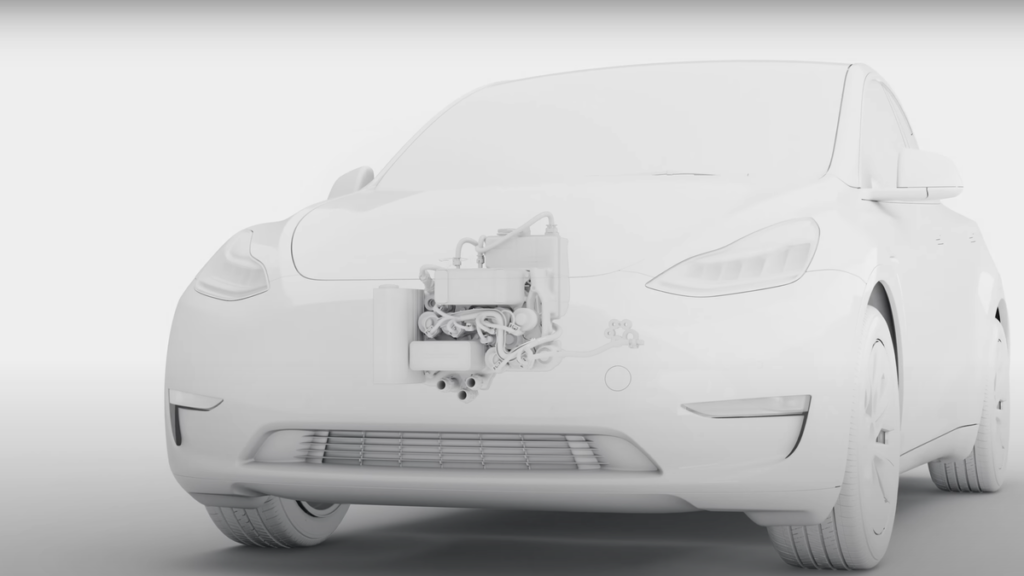Why Every Tesla Is Getting a Heat Pump

Tesla had long been against using heat pumps in its vehicles, but like most things with the Austin, Texas-based automaker, it changed its tune. It first added the pump to its Model Y, and since then, heat pumps have made their way to the rest of the company’s model lineup.
Now, Tesla is giving us an in-depth look at just how its heat pumps work and why they were designed the way they were with a new video posted to YouTube.
Tesla Heat Pump | More Range in Cold Weather
“EVs get a bad reputation in cold weather. They’re known for running out of range super quickly. They charge too slowly. Tesla heat pump is about changing all those notions and making an EV for all kinds of weather,” a disembodied voice says at the beginning of the video.
That’s all well and good, but how does it work? Luckily for us, the video does a pretty good job of explaining exactly what a heat pump does and why Tesla’s is a bit different than the rest.
G/O Media may get a commission

Grow those luscious locks back
This proprietary, prescription-grade topical Finasteride is proven to regrow hair in just a few months.
According to Lars Moravy, Tesla’s Vice President of Vehicle Engineering, a heat pump is pretty much an air conditioning system that is working in reverse. It draws excess heat from the vehicle’s powertrain in order to pump down Supercharging speeds and improve cold weather driving range. Tesla says vehicles equipped with heat pumps can use heat generated by the battery and drive units to do things like warm the cabin, save energy and improve range on longer drives.
Heat pumps are fairly common on most electric vehicles, but Tesla decided to take a clean-sheet approach to engineering the component, going through a number of trial and error iterations. What Tesla says sets its heat pump apart from the others is the “super manifold” which is a two-layer PCV assembly, and the “octo-valve.” It’s meant to help increase the system’s efficiency and integration with the rest of the vehicle. There’s also a fun little octopus decal on it that’ll brighten any repair tech’s day. The automaker points to the fact that its system can actually generate its own heat to keep the cabin warm rather than relying on heat generated by the drivetrain.
Tesla also aimed to reduce complexity with their heat pump. In the video, a spokesperson said they took a component that would normally be 15-20 parts and combined them into one unit. Another example of simplification is a new configuration for the coolant loop. Engineers combine two valves into a single valve. The company says it saves money and complexity during assembly.
“If you can carry a bigger load, more cargo, more passengers and you can still get to your destination while consuming 15 to 20 percent less energy it’s significant,” Vincent, who works in Tesla’s System Monitoring department, said in the video.



